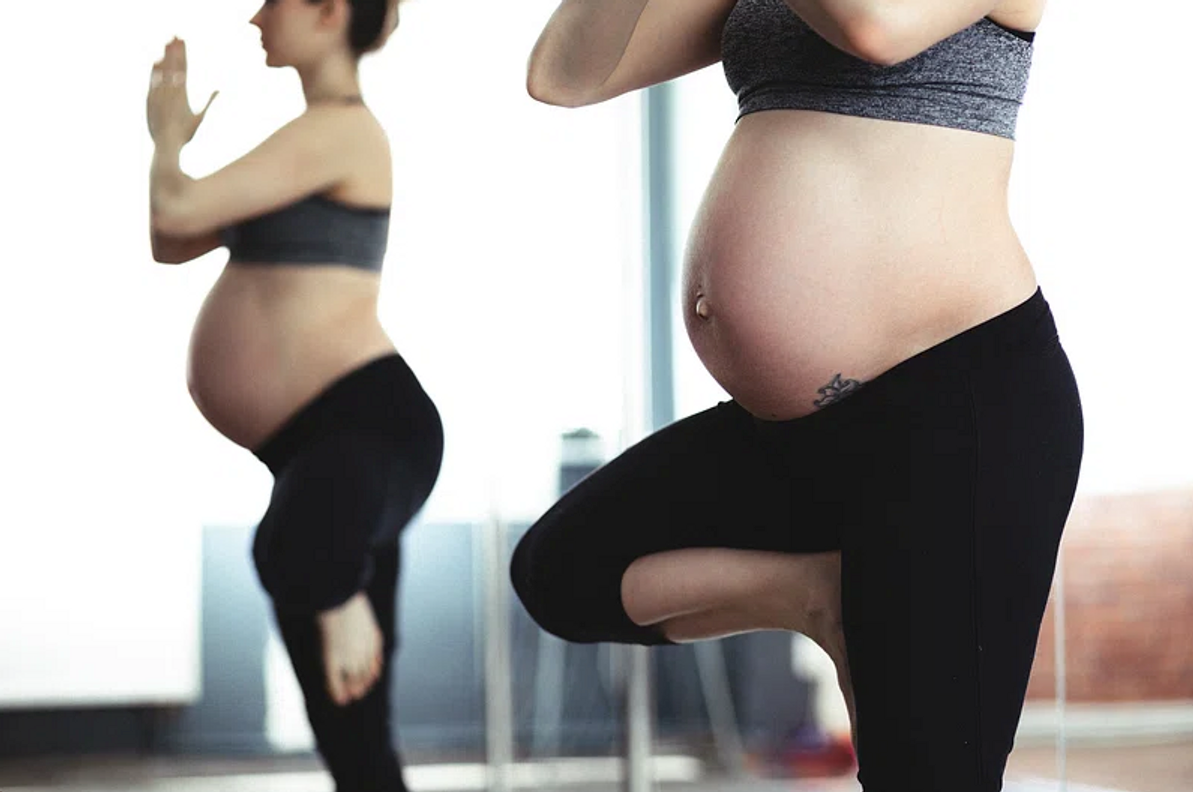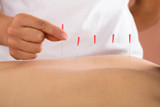Embracing Prenatal Fitness: Nurturing Health for Mother and Baby
Pregnancy marks a transformative period, yet it's also an opportune time to embrace the advantages of maintaining physical activity. Despite feeling fatigued and experiencing discomforts like backaches and pelvic pressure from added weight, exercising, when done safely and in moderation, can greatly benefit both the expectant mother and her developing baby.
Prior to starting any exercise regimen, it's crucial to consult with your healthcare provider to ensure it suits your pregnancy needs and physical condition. Upon receiving clearance, incorporating moderate-intensity aerobic activities such as brisk walking, hiking, water aerobics, or dancing into your routine can be highly beneficial. The recommended guideline suggests aiming for at least 150 minutes of moderate-intensity aerobic activity per week. If you're new to exercise, starting gradually with five minutes per day and progressively increasing activity is advisable. Ensuring hydration and avoiding overheating during workouts is essential for both your safety and that of your baby.
The benefits of prenatal exercise are numerous. Engaging in moderate physical activity can alleviate back pain, promote digestive well-being, and help manage healthy weight gain. Cardiovascular exercises strengthen the heart and blood vessels, aiding the body in managing the demands of pregnancy and childbirth. Building endurance and stamina through exercise can prove invaluable during labor. Moreover, maintaining fitness throughout pregnancy can facilitate swifter postpartum recovery, potentially easing the transition back to pre-pregnancy fitness levels.
As each trimester progresses, exercise can serve as a supportive companion, alleviating common pregnancy discomforts and preparing for the demands of motherhood. With benefits extending to both physical and mental health, adopting a safe, consistent, and enjoyable workout routine can significantly enhance the prenatal experience, promoting overall well-being for both mother and baby.
Additional information about pregnancy and exercise:
Recent Posts
-
Acupuncture vs. Dry Needling: What’s the Difference?
At first glance, acupuncture and dry needling might seem identical. Both involve inserting thin need …Jun 11th 2025 -
What Is Dry Needling? A Modern Approach to Pain Relief and Muscle Recovery
Chronic muscle pain, tension, and restricted movement can significantly impact your daily life, sign …Jun 11th 2025 -
The Kinetic Chain and Its Importance?
The kinetic chain is a key principle in physical therapy, referring to the way muscles, joints, and …Apr 18th 2025




